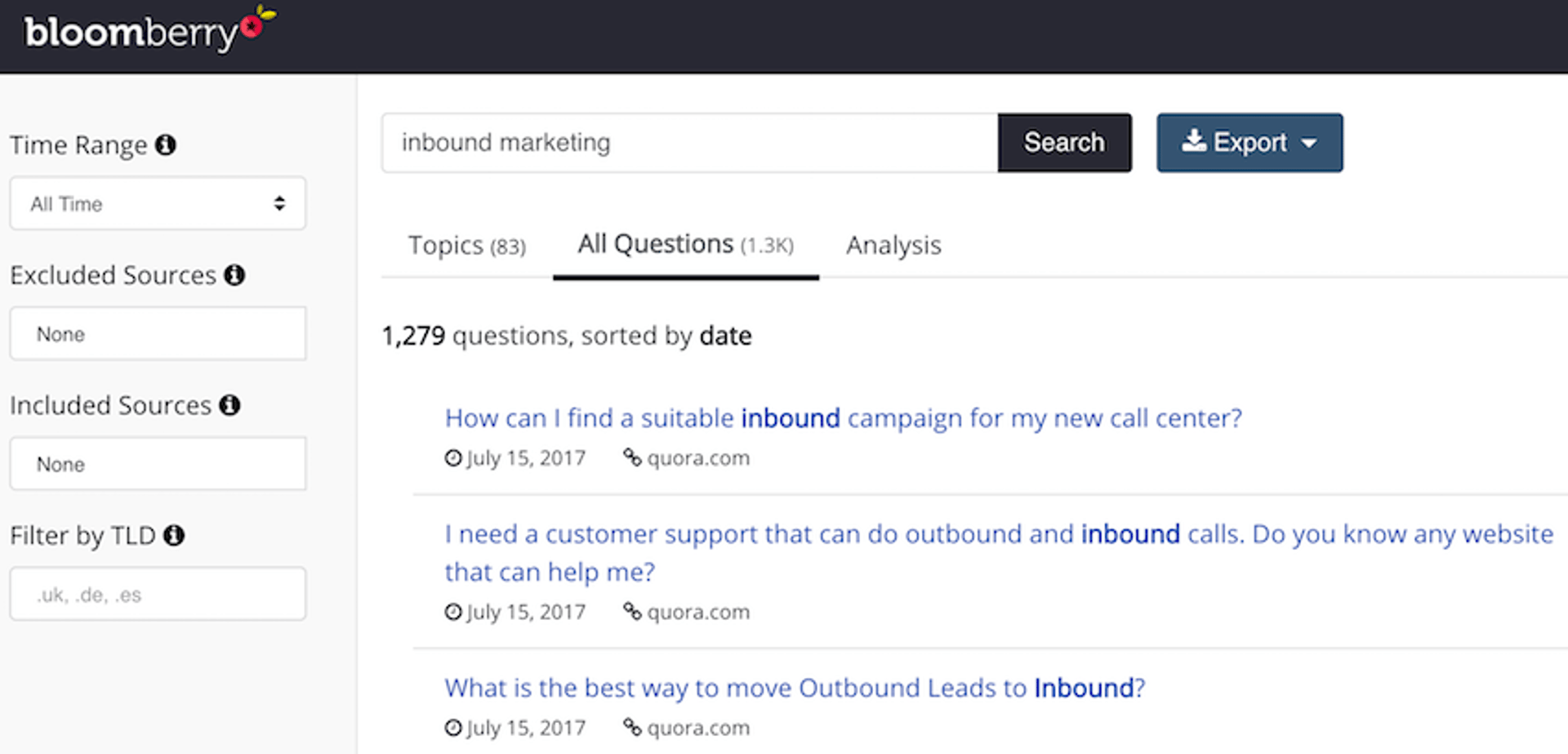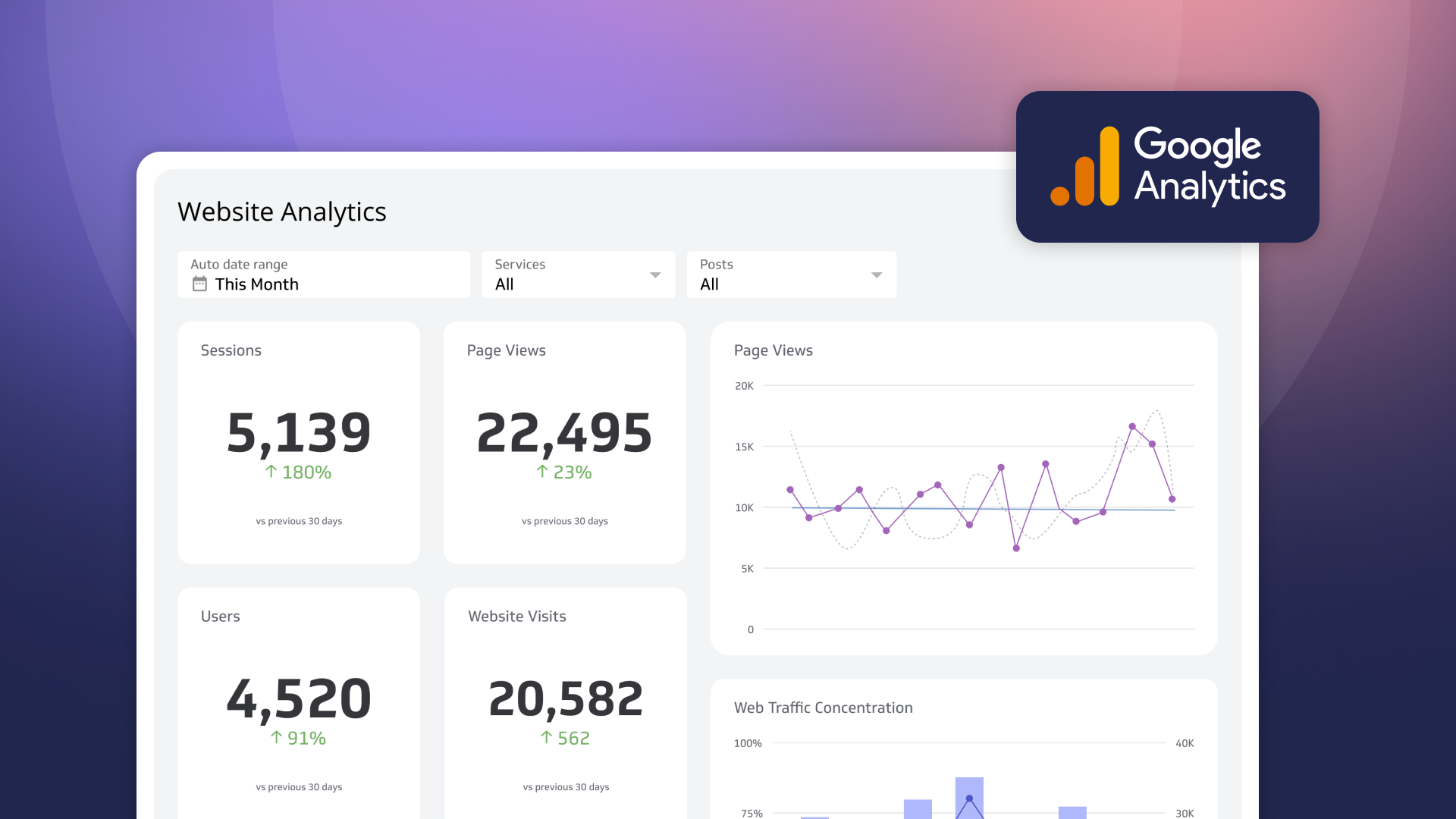Inbound marketing KPIs come third

Published 2023-02-13
Summary - In the rush to succeed with inbound marketing, many companies make the natural mistake of establishing KPIs first.
Inbound marketing methodologies are becoming more understood and therefore more ubiquitous.
It's easy to see why.
Companies that do inbound well, so well they could (or have) completely shut their paid advertising down and still generate a healthy number of quality leads, are increasingly sharing their stories of success.
This sharing of success stories, of course, entices more companies to go all-in on inbound marketing. And because the industry is hot right now, the stories of failure drown under the gushing stories of triumph.
As with any exciting new phase in business, a peek behind every success story unveils the rubble of countless untold failures.
So it is with inbound marketing.
Where inbound marketing typically fails

Take it from someone who has spectacularly failed at inbound marketing, but who has also achieved a few things in the field:
Inbound marketing fails when the pursuit of results comes before the establishment of process.
It's easy to fail; it's easy to get swept up in the excitement and set sail towards your key performance indicators before preparing the ship.
I've come to believe, through experience, that inbound marketing KPIs should come third.
The first two stages of inbound marketing
Before establishing your best inbound marketing KPIs, I recommend delving into two perhaps less-exciting realms:
- Assessing resources and capacity;
- Understanding the searcher's intent.
1. Assessing resources and capacity

Before thinking about KPIs, carve out some time to take stock of your resources. This assessment should include taking an honest look at the talent of your existing team, as well as their capacity to execute.
Keep in mind that their ability to perform has as much to do with project management as it does with their current roles and priorities.
For example, a marketing team may have, on paper, everything it takes to build an inbound machine, but each member of the team may need to spend a significant portion of their time working toward other initiatives in the company.
The person who could serve as an executive editor, for example, may be the only person in the organization capable of maintaining technical documentation.
In my opinion, the bypassing of this step often occurs because, in part, there exists a rather pervasive (and false) notion that "inbound marketing is free." It's not.
It costs real money in salaries and time at work. And it takes a level of patience which very few companies, especially fast-paced SaaS startups, can afford or are otherwise willing to embrace.
So before setting those ambitious KPIs, sit down and map out what resources and capacity you and the leadership team are prepared to give to this effort.
2. Understanding the searcher's intent

It's incredibly easy, once you've assessed your potential inbound team's capabilities, to jump right into establishing your inbound KPIs.
After all, when the excitement of the inbound methodology becomes stacked alongside the excitement of seeing your in-house strengths, it's tempting to want to rev your engine and start rolling.
The most common form of revving that I've seen? Merely dipping the toes in keyword research and then developing a comprehensive inbound strategy based on that limited knowledge.
It's not enough to know the searched keywords; you must know why a searcher searched for them.
Here are two tools that we've found helpful in discovering the searcher's intent, the why.
- Bloomberry
- Answer The Public
Using Bloomberry for inbound marketing

Bloomberry, a tool from the fantastic team at BuzzSumo, allows you to search for a keyword and then find actual questions searchers are asking (on Quora, Reddit and elsewhere) based on that keyword.
Using Answer The Public for inbound marketing

As my colleague Jonathan Taylor wrote about at WordStream, Answer The Public is a brilliant tool for understanding a searcher's intent.
Similar to Bloomberry, Answer The Public finds the commonly asked questions around a particular keyword—and even groups them according to the type of questions.
By combining Bloomberry and Answer The Public, an inbound marketing team can gain an in-depth look at the why behind their potential audience's searches.
It is a process that can allow an inbound strategy to be built on equal parts research and empathy, rather than relatively blind guesses.
Final thoughts
If you've patiently worked through the first two phases, you are now ready to begin establishing appropriate and achievable inbound marketing KPIs.
As with the first two stages covered here, it's important to be patient as you decide upon and officially set which KPIs your team will pursue.
Here are two articles that may help you get started:
Related Articles

How to Build Google Analytics 4 Dashboards in Klips
By Jonathan Taylor — June 6th, 2023
How to use the Google Analytics 4 Query Explorer to export data
By Jonathan Taylor — June 1st, 2023
How to write KPIs in 4 steps
By Emily Hayward — October 3rd, 2022

